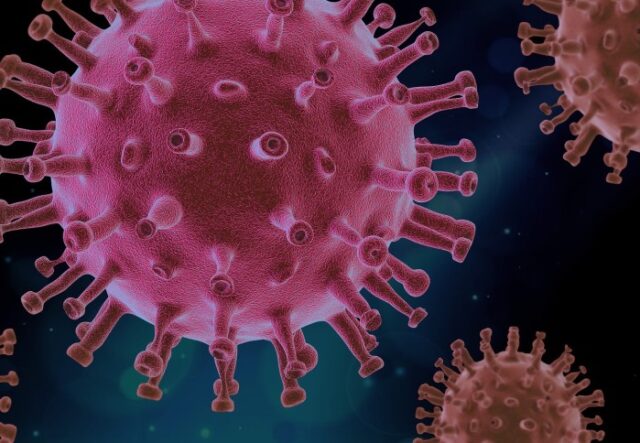Quoting NK Arora, the chief of INSACOG, a report by news agency ANI said that JN.1 was isolated and reported in November, and while some cases have been detected, there have been no reports of hospitalisation or severe disease.
MUST READ | How HIV Impacts Fertility, Infant Outcomes When A Parent Is HIV-Positive, And Treatment Options
According to the report, Rajeev Jayadevan, co-chairman of the National Indian Medical Association Covid Task Force, said Covid-19 cases are rising in India after a seven-month gap, and while XBB sub-lineages were responsible for the surge in SARS-CoV-2 cases in April 2023, JN.1 is responsible for the Covid-19 cases detected in Kerala in December.
Jayadevan also said that JN.1 is different from XBB and other variations of SARS-CoV-2, is severely immune-evasive, and spreads fast. Therefore, people who have had breakthrough infections can be infected by JN.1.
JN.1 is speculated to have reached India from western countries through international travellers.
MUST READ | Using Hair Styling Products With Heat Increases Concentration Of Toxic Chemicals, Study Explains How This Harms Health
As of December 8, 2023, JN.1 comprised an estimated 15 to 29 per cent of cases in the US. According to the Centers for Disease Control and Prevention, JN.1 is currently the fastest-growing variant in the US, and is projected to continue increasing as a proportion of SARS-CoV-2 genomic sequences.
The CDC has been tracking BA.2.86, the Omicron subvariant from which JN.1 emerged, since August 2023. The only difference between BA.2.86 and JN.1 is that of a spike protein.
MUST READ | Science For Everyone: How Antimicrobial Resistance Impacts Agriculture, Its Effect On Humans, And What Must Be Done
In October 2023, JN.1 accounted for less than 0.1 per cent of Covid-19 cases. In just two months, it accounted for 21 per cent of cases.
The CDC speculates that the continued growth of the variant suggests that JN.1 is either more transmissible or better at evading immune systems.
Currently, there is no evidence that JN.1 presents an increased risk to public health compared to other variants, and also no indication of increased severity from JN.1.
MUST READ | Antibiotic Use Linked With Increased Risk Of Heart Attack And Stroke In Women. Here’s Why
The CDC expects that updated Covid-19 vaccines can increase protection against JN.1.
Currently, it is not known whether JN.1 infection results in symptoms different from those caused by other variants. Covid-19 symptoms tend to be similar across variants, and hence, it is believed that JN.1 will not cause any different symptoms. However, the severity may differ.
MUST READ | Triple Drug Combinations, Stem Cell Therapy — Science Advances And Potential Treatments For COPD In Future
It can cause symptoms such as fever or chills, shortness of breath or difficulty breathing, muscle or body aches, new loss of taste of smell, congestion or runny nose, diarrhoea, cough, fatigue, headache, sore throat, and nausea or vomiting.
The CDC has warned that Covid-19 is likely to increase in January 2024, and hence, people can get the updated Covid-19 vaccine to ensure enhanced protection.
According to the University of Nebraska Medical Center (UNMC), Amesh Adalja, Thomas Russo, professor and chief of infectious diseases at the University of Buffalo in New York, said that BA.2.86 has over 20 mutations on the spike protein, but JN.1 ‘might be the real problem’.
MUST READ | Air Pollution Increases Risk Of Cancers Of The Neck, Especially Throat. Here’s How, And Who Is At Greater Risk




